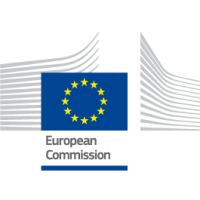
From PISA findings to classroom tools
Recent data release of PISA 2022 (Program for International Student Assessment) shows that almost 30 % of students in European Union countries are lacking basic skills in mathematics, 26% in reading, and 24% in science. What are the underlying reasons for that, and what actions can we, as teachers, take to address the situation?
Description
This course aims to acquaint you with the purpose and underlying rational of PISA while fostering crucial discussions among teachers in EU countries on various teaching issues. You will be invited to reflect on whether the notable decline in student performance is exclusively a post-COVID-19 consequence or if other factors contribute to it. Additionally, the course will explore how PISA works and how the test is administered. You will have a chance to solve PISA items, to ensure a comprehensive understanding. The insights that will be gained and the discussions that will be held during the course have the potential to inspire changes to your teaching approaches and priorities.
Learning objectives
In this course you will:
- Discuss the reasons and significance of evaluating PISA findings to inform teaching practice, in the context of global education trends, by gaining a better understanding of what PISA is, what it measures, and how it measures student performance on an international scale.
- Reflect on the insights offered by PISA by engaging with country-specific teaching materials and exchanging ideas with peers, getting a nuanced understanding of the implications of PISA findings on different educational contexts.
- Design a learning activity that aims at developing students' skills in mathematical literacy, reading or scientific literacy, considering the set of standards upon which PISA data collection activities are based.
Methodology & assessment
Certification details
Upon successful completion of the course, a digital course certificate is awarded. The certificate shows the name of the learner and key course details such as the estimated learning hours, the learning objectives, and a link to the course homepage.
Additional information
-
Language:English
-
Target audience ISCED:Primary education (ISCED 1)Lower secondary education (ISCED 2)Upper secondary education (ISCED 3)
-
Target audience type:TeacherStudent TeacherHead Teacher / Principal
-
Learning time:5-10 hours
Past sessions
More courses by this organiser





